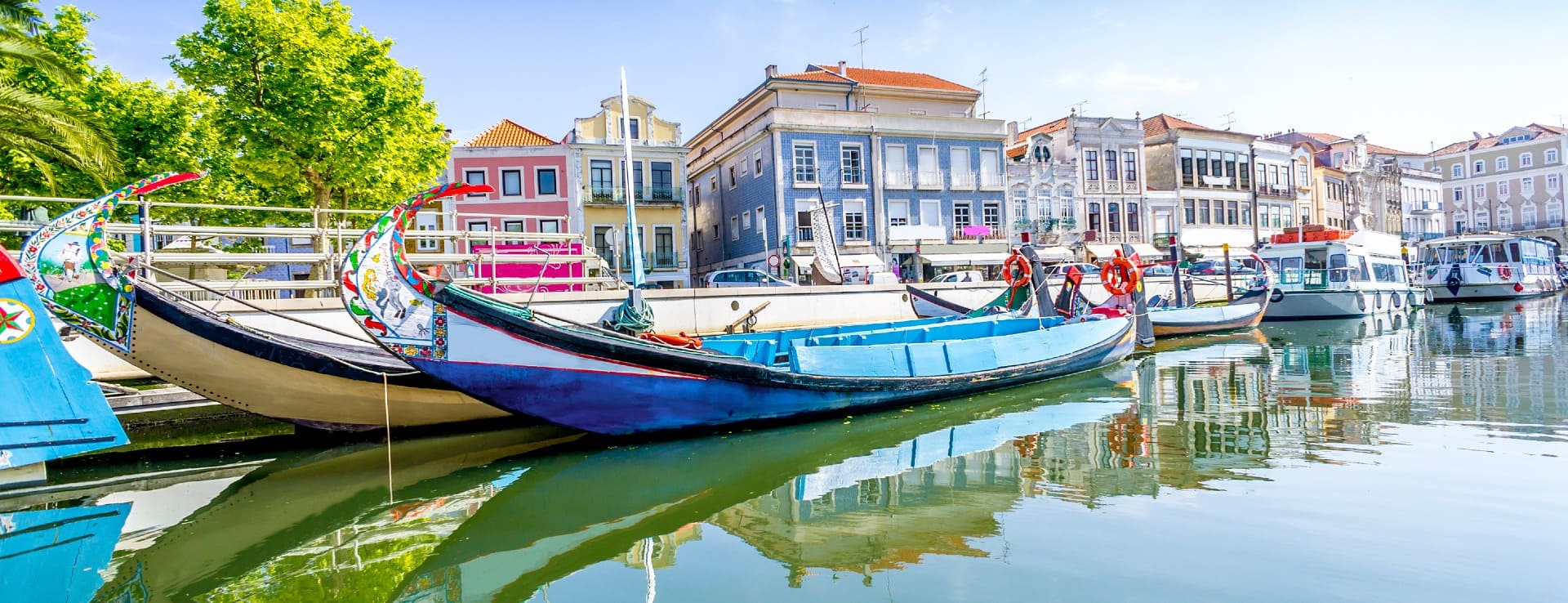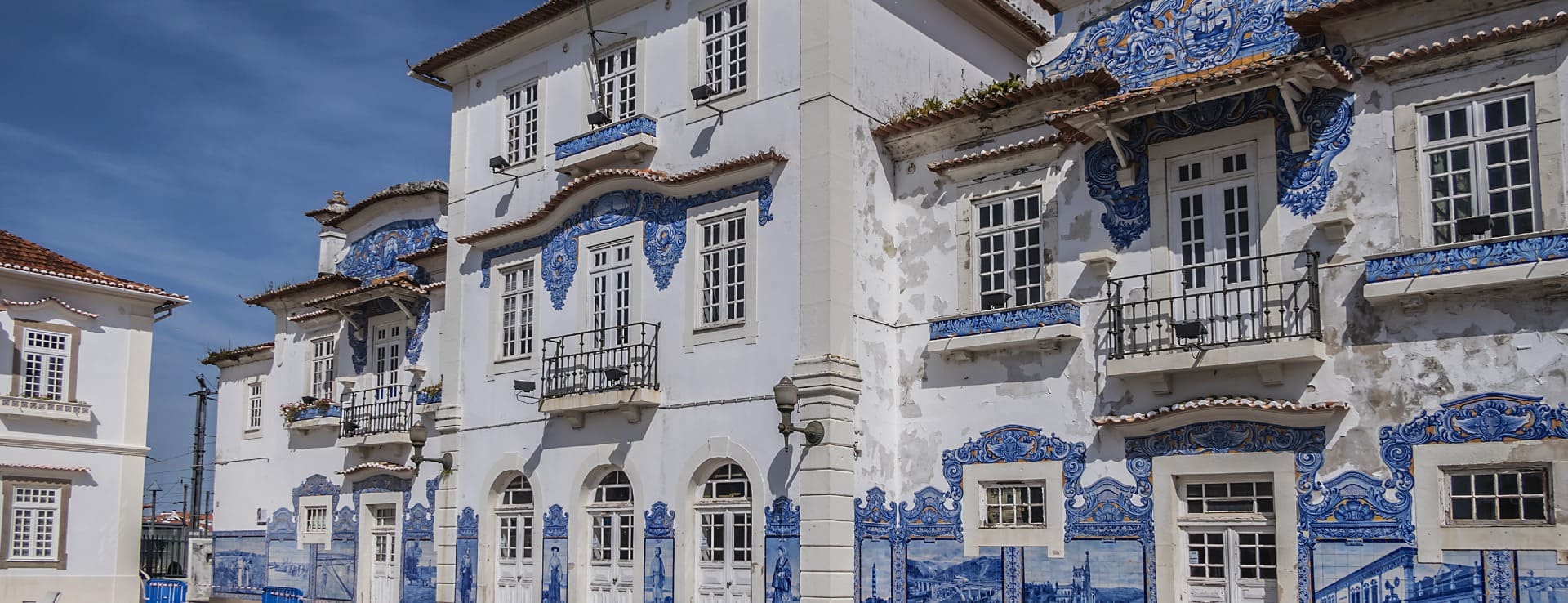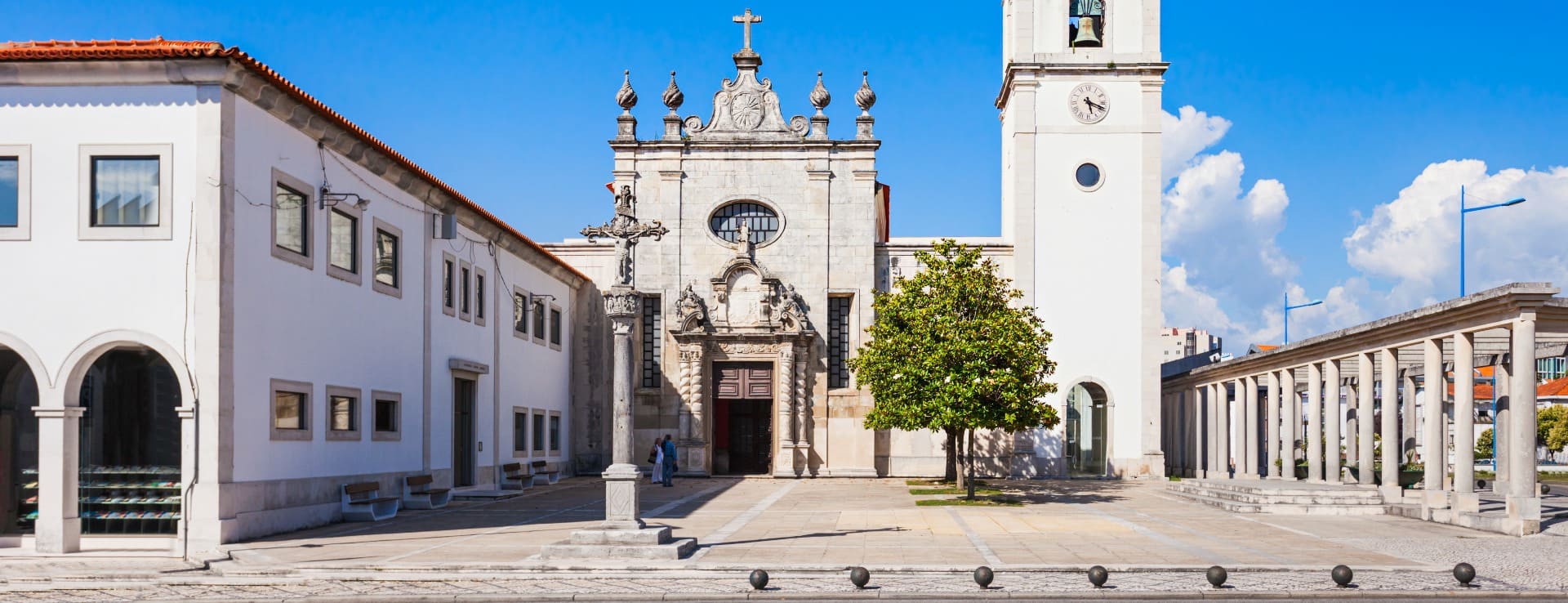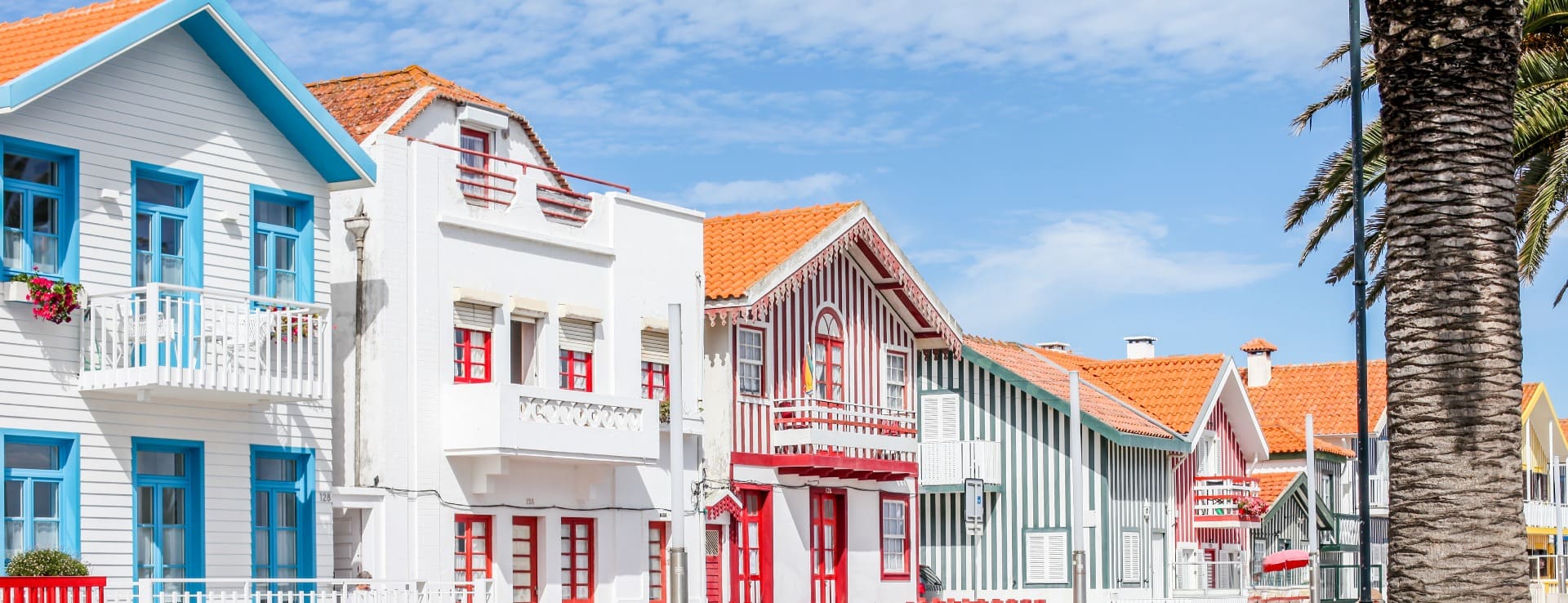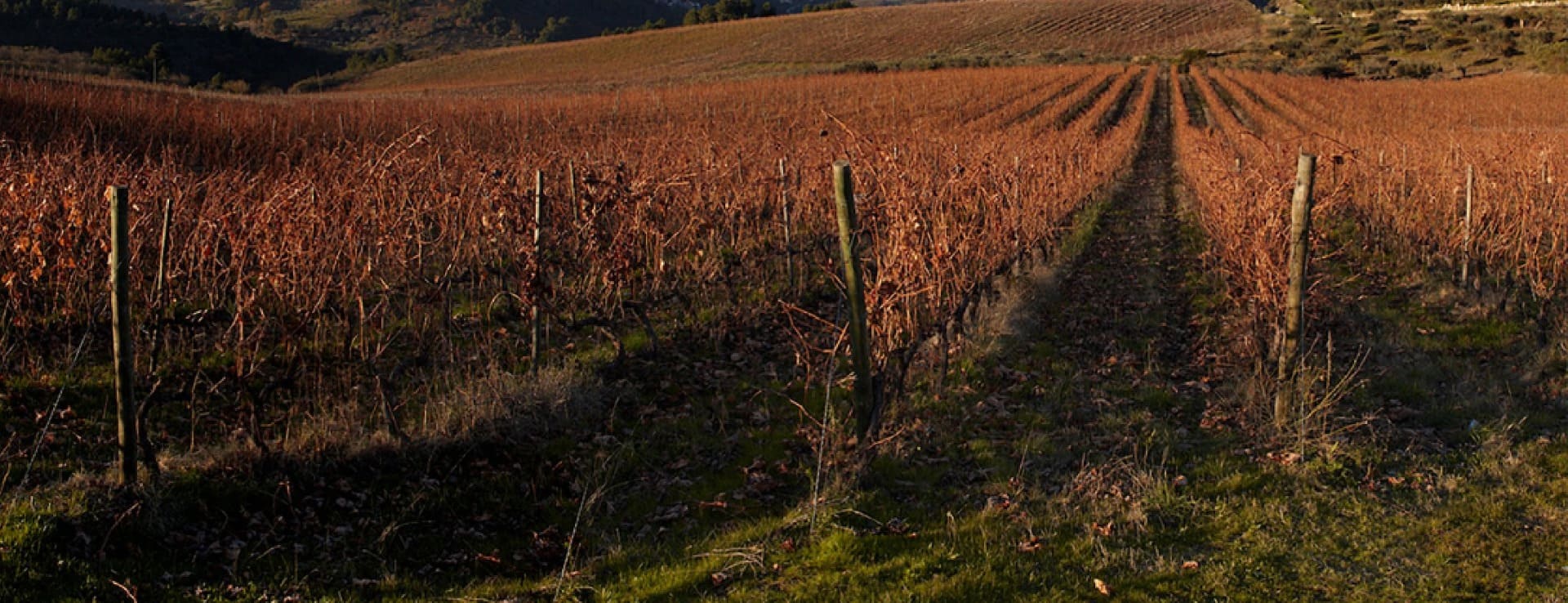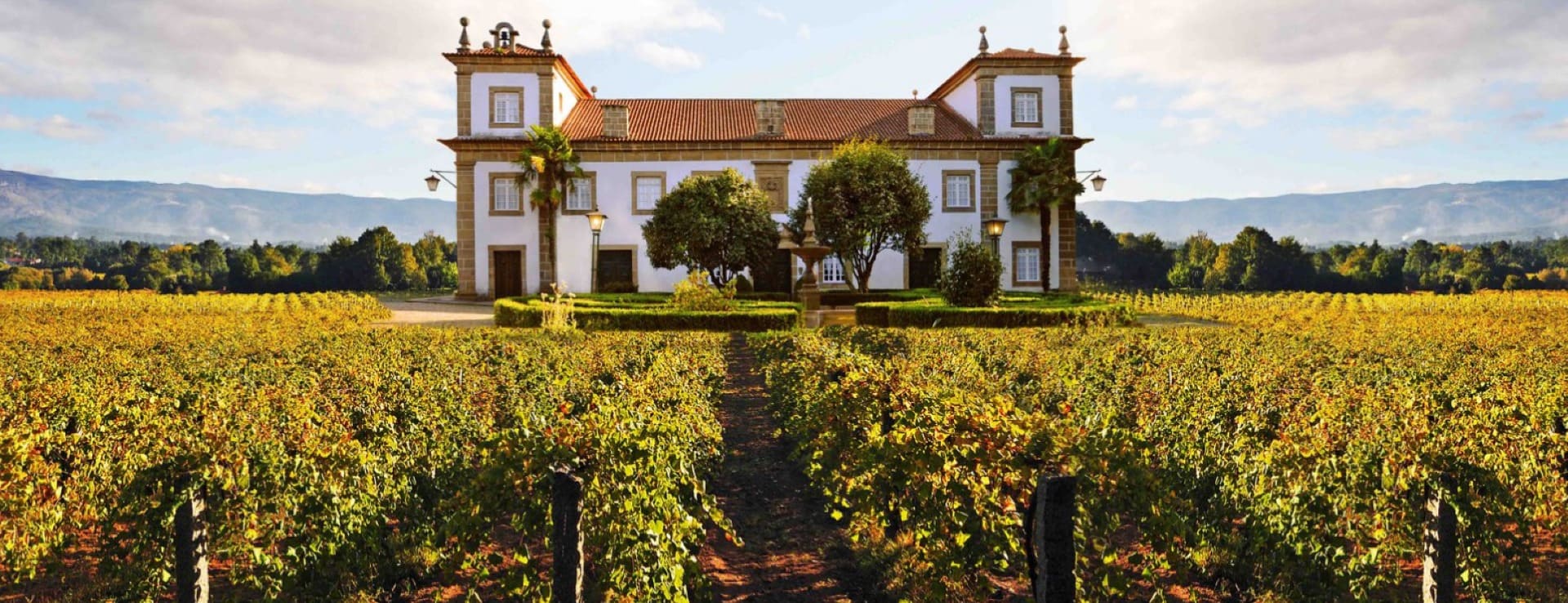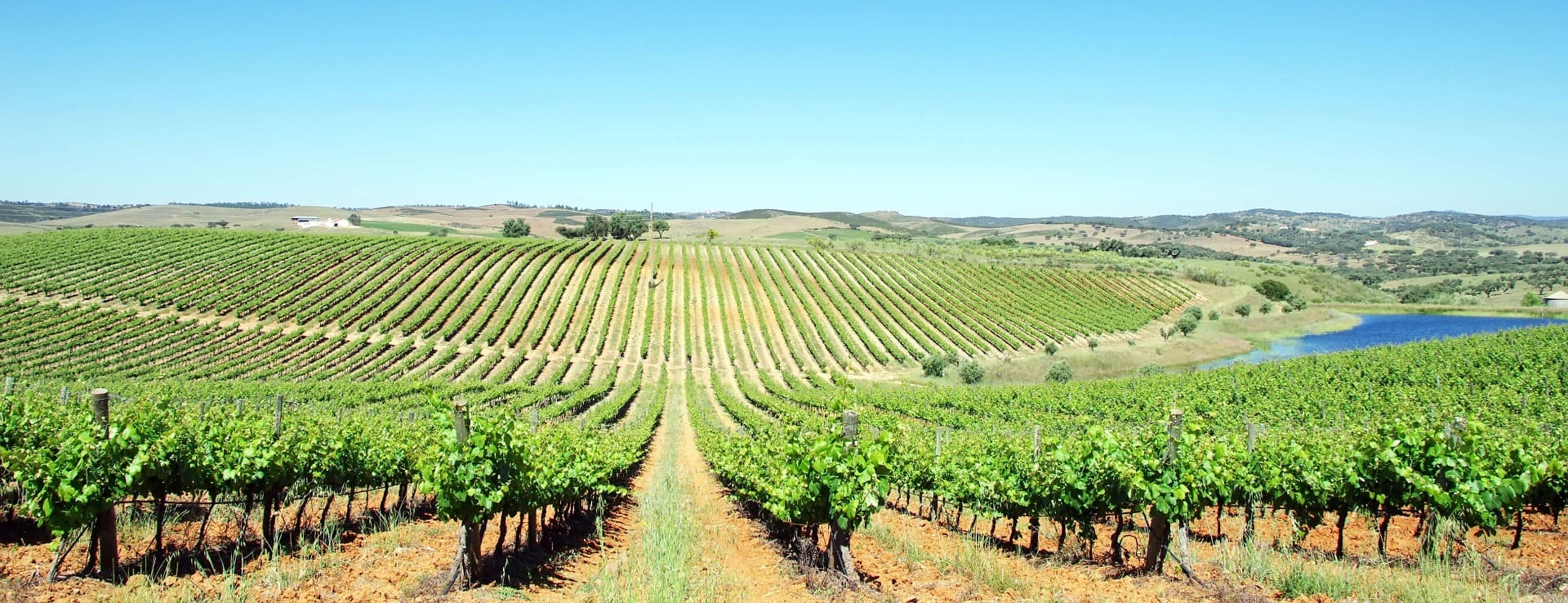Find your winery or vineyard
Infographic of the Denomination of Origin
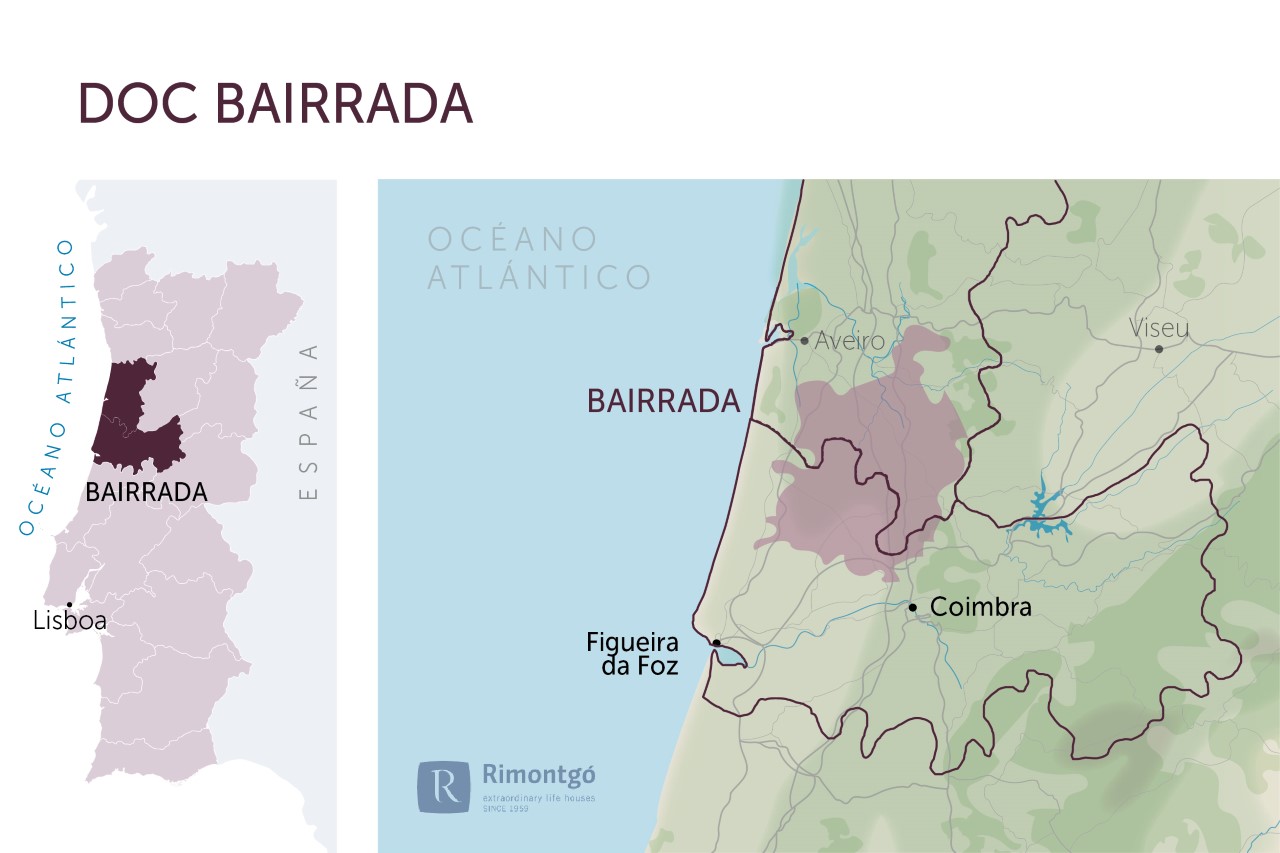
Change to imperial units (ft2, ac, °F)Change to international units (m2, h, °C)
D.O. year of foundation:
1979
Number of wineries (2017):
110
Total surface area:
12.000 ha29.652 ac
Maximum production allowed:
13.500 kg/ha12.044 lb/ac
Altitude of the vineyards:
Min: 50m
Max: 500m
Min: 164ft
Max: 1.641ft
Temperature:
Min: 13º
Max: 19º
Min: 55°F
Max: 66°F
Yearly rainfall:
1.100 l/m2102 l/ft2
Aveiro
LOCATION
The demarcation of the Bairrada wine region includes all the parishes of the municipalities of Andia, Mealhada and Oliveira do Bairro. The parishes of Aguada de Baixo, Aguada de Cima, Agueda, Barro, Belazaima, Espinhel, Fermentelos, Ois da Ribeira, Recardaes and Valongo do Vouga in the district of Agueda; the parishes of Nariz in the district of Aveiro; the parishes of Ança, Bolho, Cadima, Cantanhede, Cordinha, Covoes, Febres, Murtede, Ourenta, Outil, Pocariça, Portunhos and Sepins in the town of Cantanhede; the parishes of Covas do Lobo and Sosa in the municipality of Vagos; and the parishes of Souselas, Trouxemil and Vil de Matos in Coimbra.
SUBREGIONS
The Bairrada DOC is currently framed by the Vouga river in the north, the Mondego in the south and the Serra do Caramulo and Buçaco in the east. A strip of pine forests in the west separates it from the Atlantic Ocean. The region is crossed by three small rivers, Certima, Agueda and Varziela, which flow into the Aveiro lagoon. The altitude varies from 50 m near the coast to 500 m in the Buçaco and Carmulo mountain ranges. In the Certima valley, most of the vineyards are located on a fairly flat surface between 7 and 120 m above sea level.
POINTS OF INTEREST
Aveiro is a small city known by its canals. Its three canals divide the city into two parts: the north part of the mail canal leads to the old sailors’ houses and on the south, there are historic buildings.
Highlights of the city are the Cathedral of Aveiro and the Monastery of Jesus which also hosts the Aveiro City Museum. This ancient church dates back to the 15th century and its interior features a baroque style.
The Vista Alegre Museum has one of the most important porcelain collections and is dedicated to preserve the porcelain’s history and the evolution of the porcelain production and its importance within the Portuguese society.
Aveiro enjoys two beautiful beaches; one of them Praia da Barra (the Barra beach) with a boulevard, restaurants and cafes on the banks of the beach and Praia da Costa Nova is famous for being striped beach houses called Palheiros.
D.O./Valle (wine regions)
Discover more wineries and vineyards for sale in these wine regions in Portugal
Subscribe to our mailing list to receive news about wineries and vineyards.

